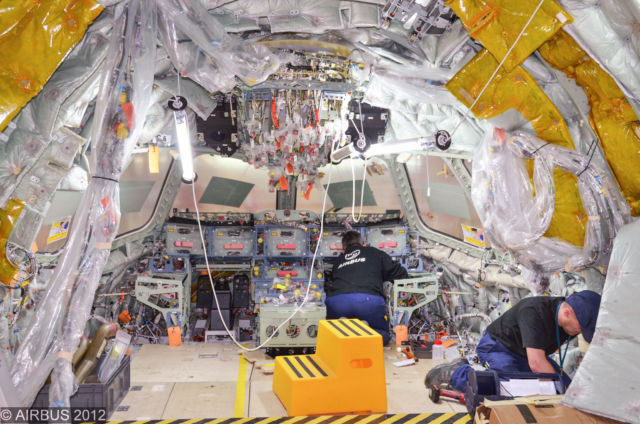Data acquisition plays a key role in the IoT.

To describe the vast number of stars in the observable universe during his television series “Cosmos,” the late astrophysicist Carl Sagan emphasized that there were “billions and billions,” placing exaggerated embellishment on both B’s.
Were he alive today, Dr. Sagan could easily apply his catch phrase to describe the number of connected devices in the internet of things (IoT).
Data acquisition plays a key role in the IoT; wireless sensor nodes containing the capability to sense, process and send data over a communication network are its backbone. The preferred method of connecting devices to the IoT, cloud services or both is via wireless solutions (e.g., Wi-Fi, 4G), eliminating the cost and effort of wiring.
In operation, intelligent network nodes in the loT control downstream field devices to complete delivery tasks and transfer data to upstream devices wired or wirelessly. These intelligent nodes are key to connecting devices to the IoT architecture, particularly in remote and wide-ranging applications such as in oil, gas and water facilities where site maintenance and updating equipment can be extremely costly.
Intelligent remote terminal units (iRTUs) can perform remote monitoring, operation, maintenance and updates via the internet and can update data to the cloud. iRTUs can also communicate with each other to quickly handle input-output (I/O) correlation in emergencies to reduce potential losses or interruption of service.
The Advantech ADAM-3600 series is a cloud-ready iRTU with multiple wireless functions capability, multiple I/O selection, a wide operation temperature range and flexible communication protocol support for oil, gas and water applications.
The devices use a high-performance, low-power processor (a 32-bit Cortex A8 600MHz CPU and DDR3 memory), which greatly improves processing speed and efficiency. The units offer 20 local I/O points, and users can collect, process and distribute the local information through wired and wireless communication modes. The series has a built-in real-time operating system and a real-time database, providing customers with an open interface supportive of diverse programming languages.
An operating temperature range between -40° C and 70° C allows the ADAM-3600 to work in harsh environments and reduces maintenance costs. Components are industrial grade and have been tested with the strictest environmental controls, ensuring that the products have a long life and are stable working in harsh environments.
The ADAM-3600 series can use a USB drive and an SD card to automatically update the firmware so there’s no need to bring a computer and execute the configuration program in the field. Another notable feature is the remotely monitored serial and Ethernet port status, which can send alarm information during communication failures to help improve intelligent monitoring. Each ADAM-3600 has a node ID as its name to support batch configuration (maximum 64) with the configuration utility. When an alarm is displayed on the utility, customers can find the fault source directly with the node ID.
The ADAM-3600 simultaneously supports two mini-PCIe cards (one half-size and one full-size) for Wi-Fi, 3G GPRS and Zigbee communication. The supported wireless communication functions are not restricted by field conditions. Modbus RTU/TCP and DNP3 protocols integrate ADAM-3600 with more supervisory control and data acquisition (SCADA) systems.
In addition to the standard Modbus communication protocol, ADAM-3600 devices also support the object DNP3 protocol. DNP3 is an international standard for RTU applications, and can also realize data identification, breakpoint transmission, initiative report and other functions under this protocol, enabling users to quickly integrate most of the SCADA system.
The ADAM-3600 series has adopted an open real-time Linux system architecture and runs the real-time database. Transmission gives priority to the customizable tag. Data with a simple configuration can be converted instantly within the different communication protocols. Furthermore, Advantech provides the IEC 61131-3 standard and C/C++ library for the customer to develop programmable logic control in the most convenient way.
Advantech provides the project configuration software iRTU Studio with remote operation. Users can configure all the devices in an offline and group mode and can automatically conduct remote downloading based on their own code. Users can use this software for remote monitoring and to update the programmable logic and firmware, to save the cost of manpower and materials.

